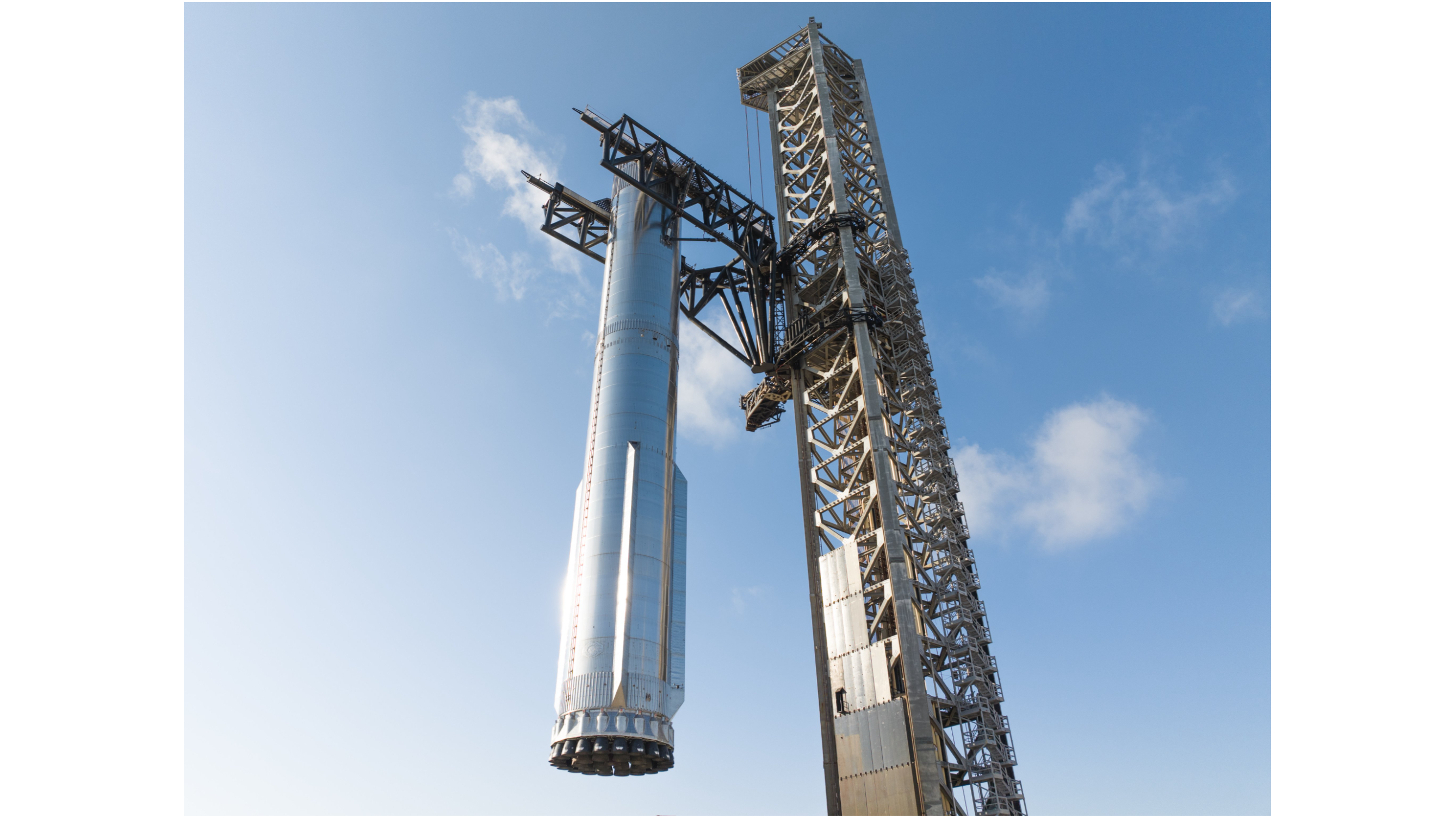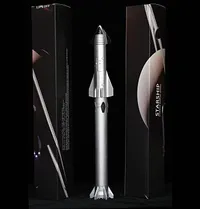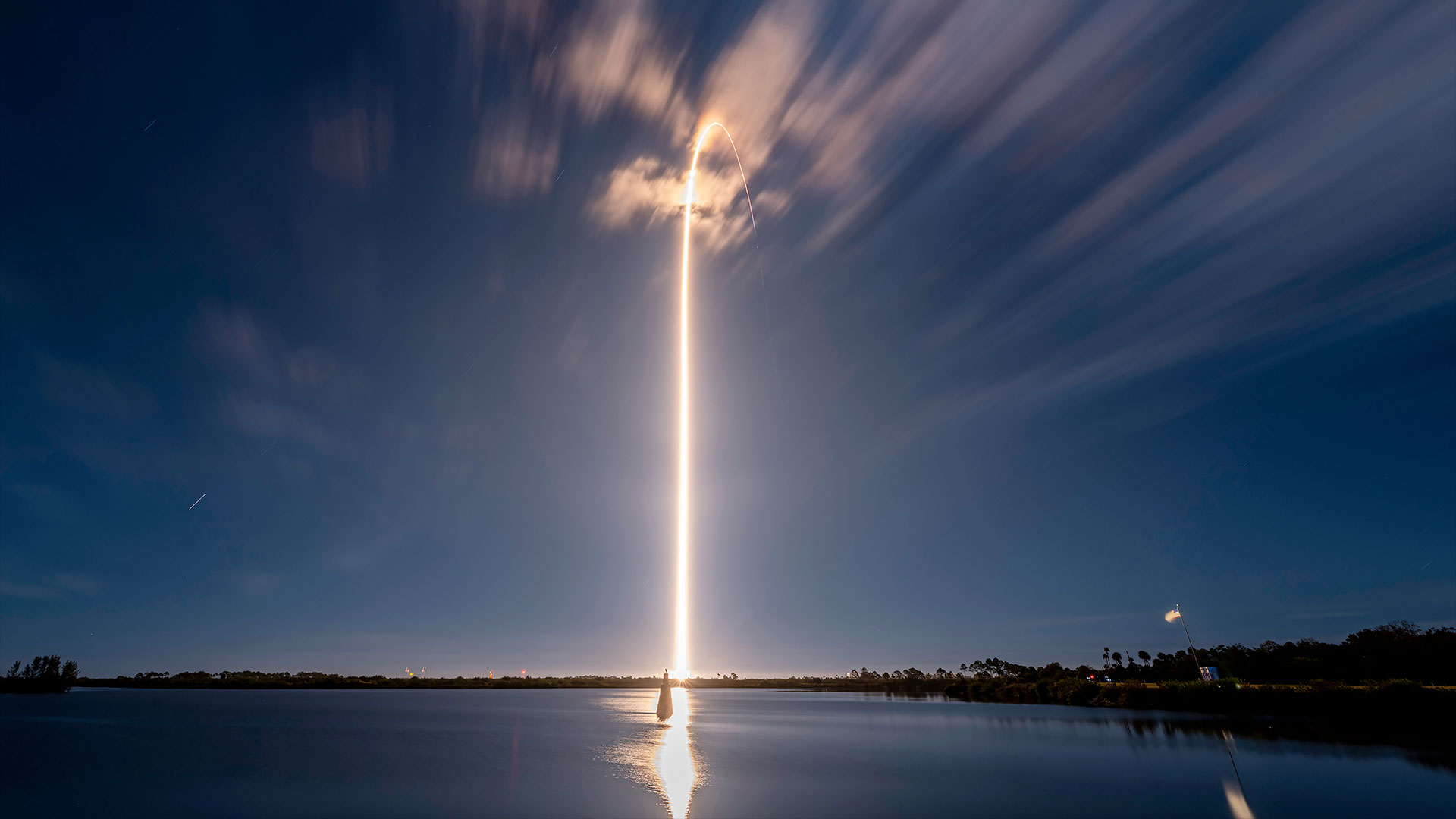SpaceX calls off critical Starship Flight 10 test launch due to 'issue with ground systems'

We'll have to wait a little longer to see the 10th test flight of SpaceX's Starship megarocket.
SpaceX planned to launch Starship Flight 10 from its Starbase site in South Texas this evening (Aug. 24), during an hourlong stretch that began at 7:30 p.m. EDT (2330 GMT). But just 17 minutes before that window opened, the company called things off.
"Standing down from today's tenth flight of Starship to allow time to troubleshoot an issue with ground systems," SpaceX announced at 7:13 p.m. EDT (2313 GMT) on Sunday in a post on X, the social media site owned by SpaceX founder and CEO Elon Musk. The company is now targeting Monday (Aug. 25), during the same launch window.
Starship Die Cast Rocket Model Now $47.99 on Amazon.
If you can't see SpaceX's Starship in person, you can score a model of your own. Standing at 13.77 inches (35 cm), this is a 1:375 ratio of SpaceX's Starship as a desktop model. The materials here are alloy steel and it weighs just 225g.
Starship is the biggest and most powerful rocket ever built, standing more than 400 feet (122 meters) tall when fully stacked. It consists of two elements, both of which are designed to be fully and rapidly reusable — a booster known as Super Heavy and an upper-stage spacecraft called Starship, or Ship for short.
SpaceX is developing Starship to help humanity return to the moon and settle Mars, among other tasks. NASA has tapped the vehicle to be the first crewed lunar lander for its Artemis program, and plans to use Starship to land astronauts on Earth's nearest neighbor as early as 2027.

But Starship has a ways to go before it can fly such a mission. The giant rocket has performed nine test missions to date, all of which launched from Starbase.
Three of those flights lifted off this year — in January, March and May, respectively. On all three liftoffs, Ship experienced serious problems; it exploded less than 10 minutes after launch on Flight 7 and Flight 8 and broke apart upon reentry to Earth's atmosphere on Flight 9.
Breaking space news, the latest updates on rocket launches, skywatching events and more!
Flight 10's goals will be similar to those of Flight 9. SpaceX plans to bring Super Heavy down in the Gulf of Mexico about 6.5 minutes after launch and guide Ship to a controlled splashdown in the Indian Ocean, off the coast of Western Australia, about an hour after that.
Ship is also supposed to deploy eight dummy versions of SpaceX's Starlink internet satellites during its trip and perform an engine-relight test in space.

Michael Wall is a Senior Space Writer with Space.com and joined the team in 2010. He primarily covers exoplanets, spaceflight and military space, but has been known to dabble in the space art beat. His book about the search for alien life, "Out There," was published on Nov. 13, 2018. Before becoming a science writer, Michael worked as a herpetologist and wildlife biologist. He has a Ph.D. in evolutionary biology from the University of Sydney, Australia, a bachelor's degree from the University of Arizona, and a graduate certificate in science writing from the University of California, Santa Cruz. To find out what his latest project is, you can follow Michael on Twitter.
You must confirm your public display name before commenting
Please logout and then login again, you will then be prompted to enter your display name.

